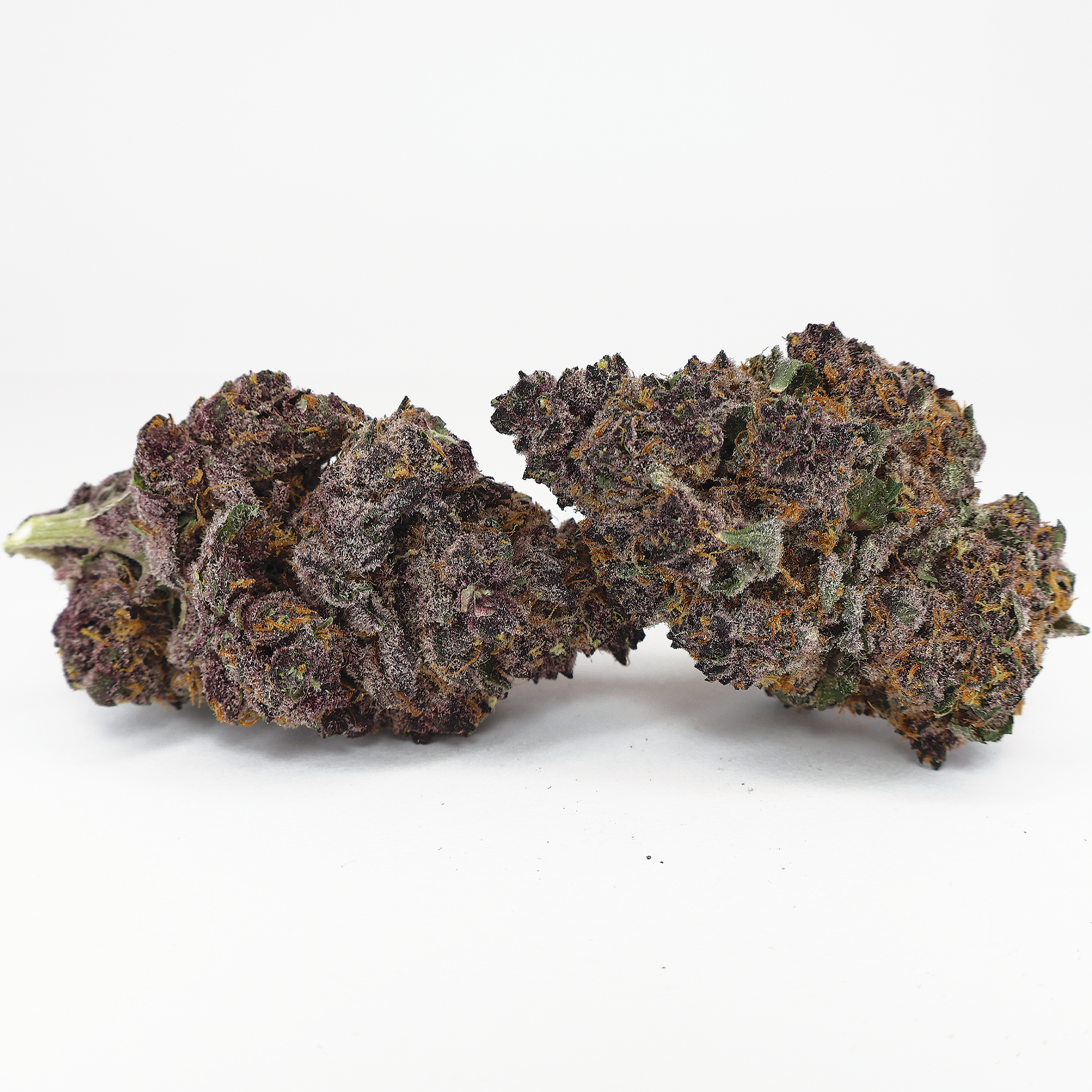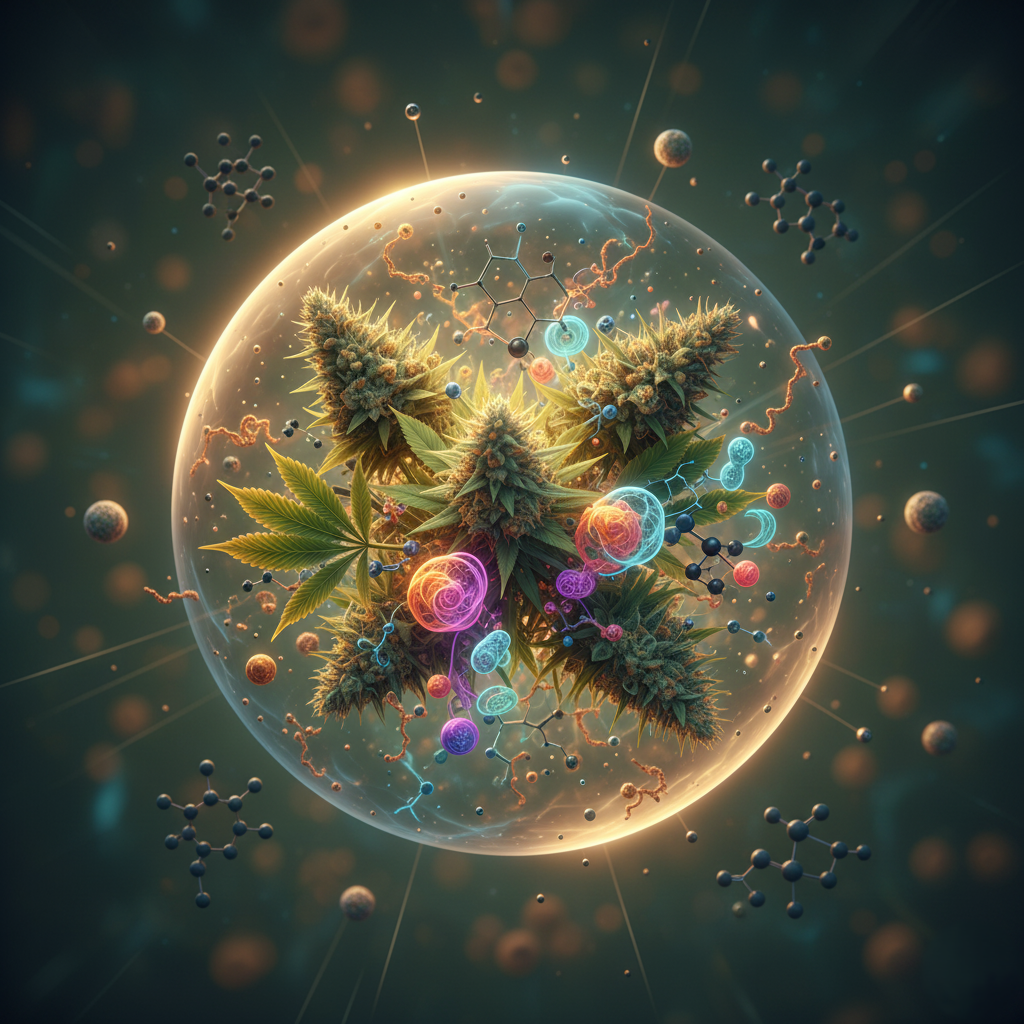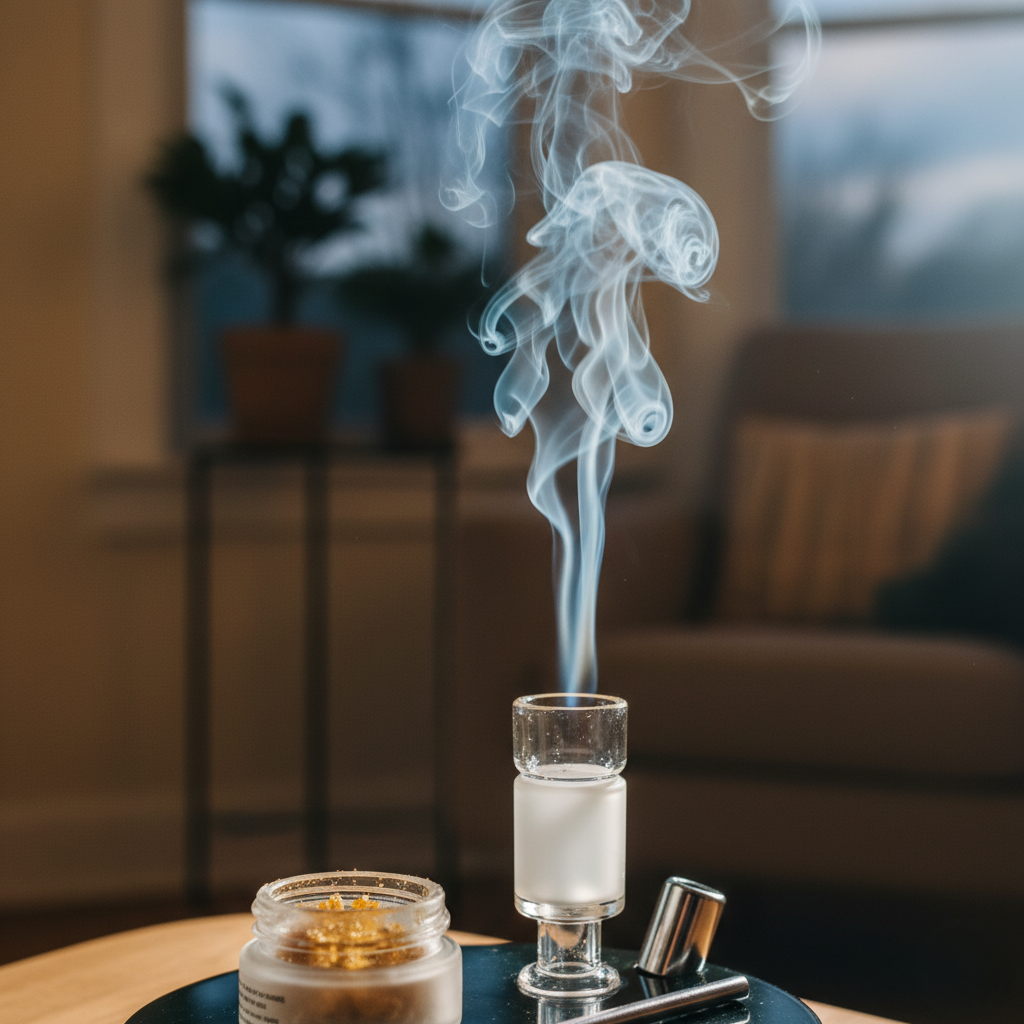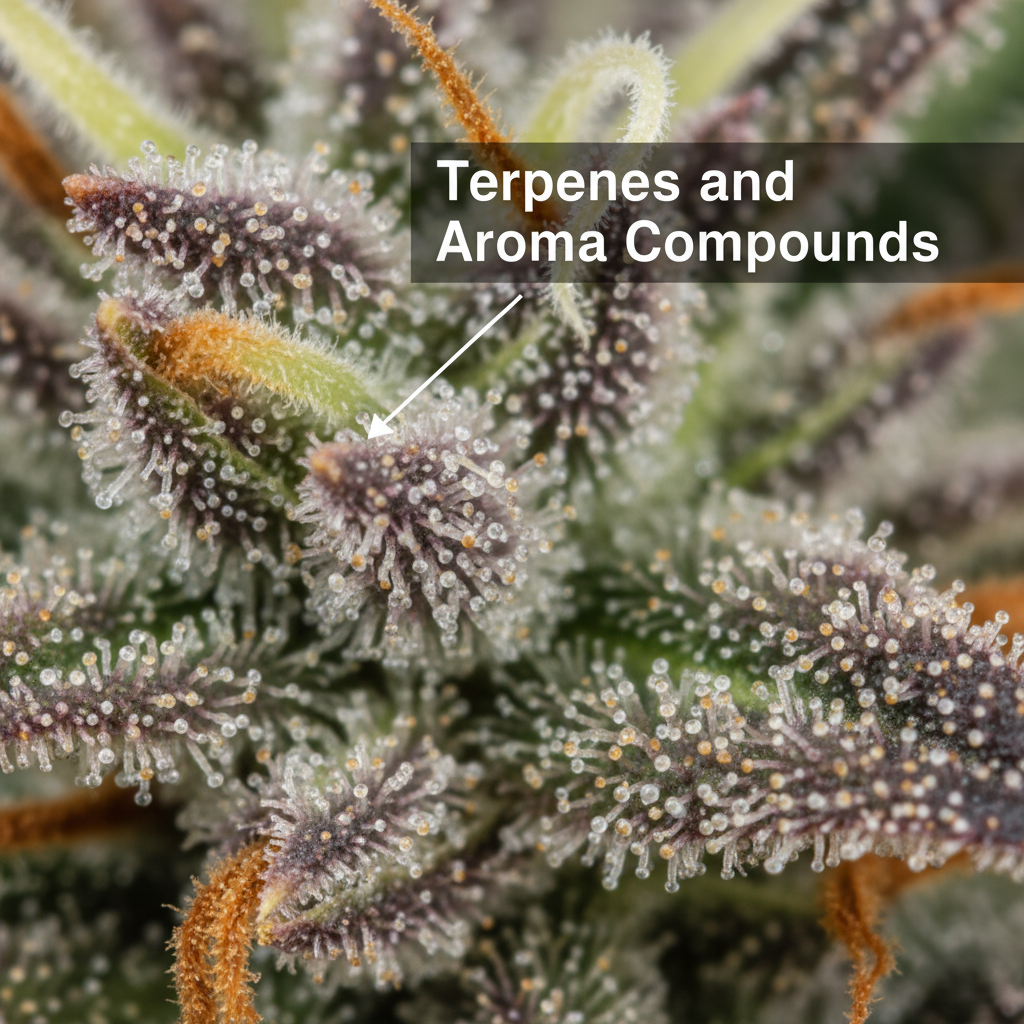The cannabis world is as diverse as it is fascinating, offering countless products for different tastes and experiences. Among these, hash holds a legendary status as a concentrated form of cannabis, often compared to the more familiar cannabis flower. But how do they truly stack up? Let’s break down the essentials, from how hash is made to what makes it distinct from traditional flower.
What is Hash?
Hash, short for hashish, is a cannabis concentrate created by collecting and compressing trichomes, the resin glands of the plant. These trichomes house the highest concentration of cannabinoids and terpenes, giving hash its potency and rich aroma.
Its appearance can vary from soft, pliable golden-brown chunks to dense, dark slabs, depending on the production method and the source plant.

Hash and Strain Types
Hash isn’t inherently an Indica or Sativa product, it’s simply a method of concentrating cannabis resin. The effects and flavor profile depend entirely on the strain used to make it. Resin-rich cultivars are often preferred for hash production because they yield more flavorful and aromatic results.
How Hash is Made
There are several traditional and modern ways to produce hash:
-
Hand-rubbed hash – a centuries-old method still practiced in parts of Asia.
-
Dry sift hash – using screens to separate trichomes.
-
Bubble hash – made with ice water and sieves to preserve delicate terpenes.
No matter the method, the goal is the same: isolate the plant’s most resinous parts to create a concentrated and flavorful product.
Fresh Frozen and Why It Matters
Fresh frozen cannabis is harvested and frozen immediately, locking in its aromas, flavors, and terpene profile before any curing occurs.
When used for hash, fresh frozen material often produces live rosin or full-melt bubble hash, celebrated for their vibrant flavor and full-spectrum experience. This method is widely regarded as the gold standard among modern hash makers.
What is a Flower?
Cannabis flower, often simply called weed, refers to the dried buds of the plant. Flower contains cannabinoids and terpenes, but generally in lower concentrations compared to hash.
It’s the most common and versatile form of cannabis, consumed by smoking, vaporizing, or infusing into edibles.
Hash vs Flower: Potency
In terms of concentration, hash typically contains more cannabinoids and terpenes per gram than flower. This doesn’t automatically mean it’s “better”, it simply offers a more compact, refined version of the plant’s active compounds.
For many enthusiasts, hash provides a deeper, more layered flavor and a richer experience than flower alone.
Hash vs Kief
Kief is the loose collection of trichomes found at the bottom of grinders or sifted through mesh screens. While potent in its own right, kief is often the starting material for hash. Compressing kief into hash creates a denser, more stable product that is usually stronger in aroma and flavor.
Enjoying Hash
Consumption methods include:
-
Smoking in a joint or pipe (often mixed with flower)
-
Vaporizing in concentrate-specific devices (e.g., Puffco rigs)
-
Adding to edibles
Many enthusiasts appreciate the ritual and craftsmanship that goes into preparing hash for use, from breaking off a piece to gently heating it for vaporization.
Flavor Profiles
Hash is renowned for its bold and complex flavors, which can range from earthy and spicy to sweet and fruity, depending on the terpene profile of the original strain. These flavors are often more pronounced than in flower due to the concentration of aromatic compounds.
The Cultural Significance
Hash has a long-standing place in global cannabis culture, from Moroccan hash pressed into bricks to Nepalese hand-rubbed charas. Modern extraction technology has expanded the possibilities, but the respect for hash’s heritage and craftsmanship remains unchanged.
Final Takeaway:
Hash isn’t simply “stronger” than flower, it’s a more refined and concentrated expression of the plant’s most valued compounds. Whether you’re after flavor, tradition, or potency, hash offers a unique experience that continues to evolve alongside cannabis culture.






Share:
Advanced Dabbing Tips & Techniques: Elevate Your Concentrate Experience
What’s a Cannabis Tolerance Break? A Complete Guide